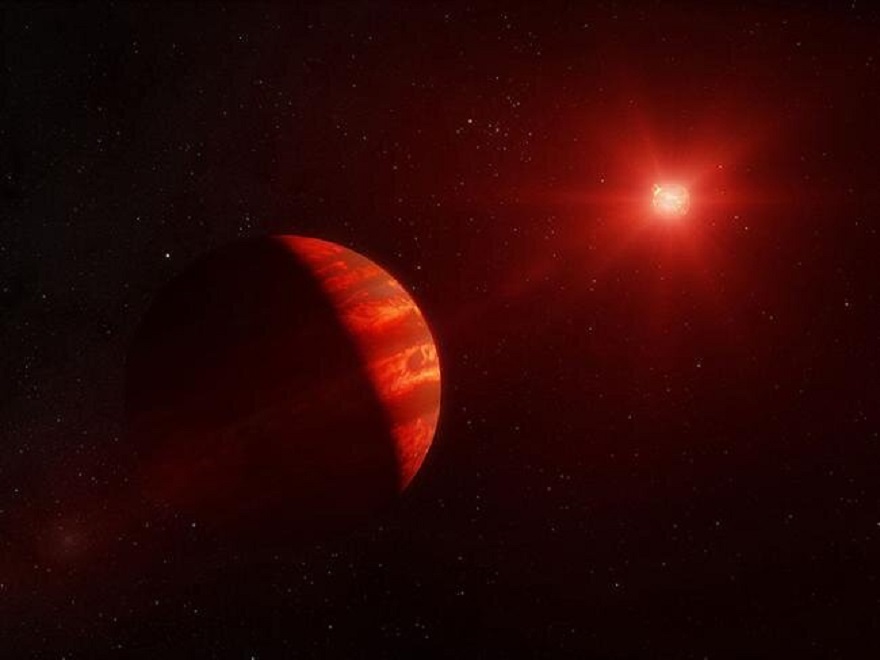A new study shows that gas giants like our Jupiter are extremely rare in the vicinity of red dwarfs. However, as to how this affects the possible spread of life in the Universe, scientists are not sure.

Gas giants and red dwarfs
Researchers from the Center for Astrophysical Research at Harvard and Smithsonian Universities recently published a paper on estimating the number of large gas giants near red dwarfs.
These small stars are the most common in the Universe and many planets have been found in orbits around them. However, does this mean that it is worth looking for life near such stars — disputes do not subside because of the huge number of questions related to this.
And a new study is also related to this topic. Scientists took a sample of 200 red dwarfs and examined them by the method of radial velocities for the presence of giant planets. It consists in the fact that when a massive body orbits a star, it begins to fluctuate. And even if these fluctuations are invisible by themselves, it is still possible to learn about them by studying spectral lines.
The results of the work are stunning. Scientists have not found any planets in the studied red dwarfs. Of course, there is always a chance that they are just unlucky. However, even with this in mind, astronomers conclude that no more than 2% of all red dwarfs have gas giants.
Why are big planets important for life?
The result obtained strongly contrasts with the similar one obtained for stars like the Sun. For those, on the contrary, it is established that the probability of finding a gas giant in their orbit is much greater than the possibility of not finding it.
And this causes another wave of discussions about which stars deserve more attention in the search for life: red dwarfs or sun-like ones? After all, many believe that without large planets like Jupiter and Saturn, life on rocky ones may not arise.
The fact that Jupiter strongly affects the rest of the Solar system, no one doubts. And all thanks to its gigantic gravity. However, whether this influence is beneficial for life on planets or not is also debated.
For example, it is now stabilizing the orbits of the other planets. However, at the dawn of the Solar System, young Jupiter could migrate, and this could potentially lead to the ejection of a planet from the system. With its role in how many comets come to us, everything is also not very clear.
Jupiter and the formation of planetary systems
Some point out that Jupiter now intercepts most comets and thus makes life on our planet safer. Others say that when it was young and traveled through the icy bodies that then filled the vicinity of the Solar system, it threw them towards the Earth. And our planet received the water from them that it now has.
In this case, the absence of gas giants in red dwarf systems can be considered as evidence of their lack of prospects for the search for life. But even here, not everything is so clear. If there is no Jupiter in the system, then nothing “vacuums” it from solid debris. This means that there is more material for the formation of Earth-like planets.
Confirmation in favor of this is the TRAPPIST-1 red dwarf system, in which there are already seven such planets. Therefore, it is difficult to say whether red dwarf systems are more suitable for life or less. We can only be sure that they are different from ours.
According to phys.org.
Follow us on Twitter to get the most interesting space news in time
https://twitter.com/ust_magazine

